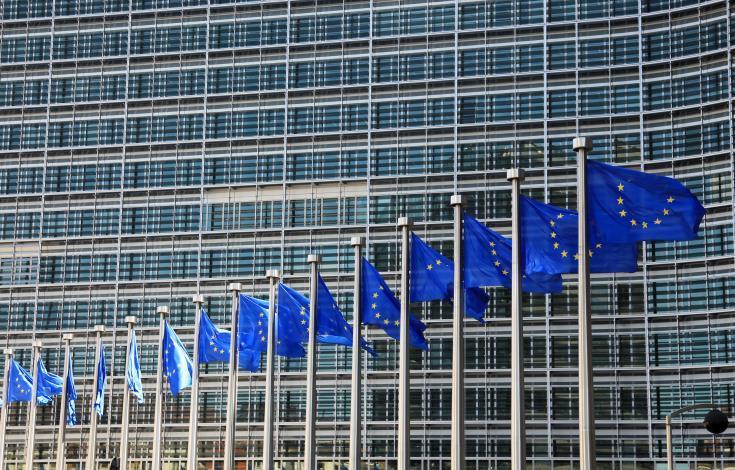14.07.2022
According to the European Commission’s economic forecast for summer 2022, a faster than expected recovery of the tourism sector, as well as an increase in the export of other services, contributed to the unexpected positive development of the Cypriot economy in the first quarter of 2022.
According to the forecast for Cyprus, tourist arrivals in the first months of the year have reached about 75% of pre-pandemic levels, while the outlook for tourism remains positive.
However, the forecast notes that weakening consumer confidence will lead to a slowdown in household consumption in the second half of the year, and further inflation is forecast to rise.
The Commission also forecasts Cyprus GDP growth at 3.2% in 2022 and 2.1% in 2023, driven mainly by domestic demand and service exports. At the same time, a negative impact on the construction sector is expected.
More generally, uncertainties and risks remain due to the fallout from the Russian invasion of Ukraine and the evolution of the COVID-19 pandemic.
Growth slowed in EU due to war
At the EU level, the Interim Economic Outlook for Summer 2022 sees the EU economy growing by 2.7% in 2022 and 1.5% in 2023. Growth in the euro area is expected to be 2.6% in 2022 decelerating to 1.4% in 2023. The annual average is projected to peak at an all-time high in 2022, at 7.6% in the euro area and 8.3% in the EU, before declining in 2023 to 4.0% and 4.6% respectively.
The slowdown is driven by upward pressure on energy and food prices, which are fueling global inflationary pressures by undermining household purchasing power.
In addition, the EU economy remains particularly vulnerable to changes in energy markets due to its high dependence on Russian fossil fuels, and weakening global growth is reducing external demand. The momentum gained from last year’s recovery, and somewhat stronger than previously anticipated, the first quarter should support annual growth in 2022. However, economic activity is expected to be subdued for the rest of the year despite promising summer tourism . at the time of the year.
Forecast for summer 2022 for Cyprus
The Cypriot economy unexpectedly expanded in the first quarter of 2022, mainly as a result of a faster-than-expected recovery in tourism and the continued expansion of exports of other services, especially business services and IT.
Tourist arrivals and revenues increased significantly in the first months of 2022 and reached about 75% of pre-pandemic levels. The outlook for the sector remains positive for the summer season, based on scheduled international flights and surveys of tourist accommodation bookings, despite a significant loss of historically important tourism from Russia.
However, weakening consumer confidence, coupled with soaring inflation and rising interest rates, is expected to lead to a significant slowdown in household consumption and investment in the second half of the year.
On an annualized basis, real GDP growth is projected at 3.2% in 2022 and 2.1% in 2023. Growth is expected to be mainly driven by domestic demand and, to a lesser extent, net exports of services. Investment, especially in construction, is expected to be hit by a gradual tightening of financial conditions, persistent supply disruptions and exceptionally high building material prices.
On the positive side, the implementation of the Cyprus Recovery and Resilience Plan is expected to support investment. Private consumption is projected to be adversely affected by high inflation and declining purchasing power, even as household incomes are supported by measures taken by the government to tackle high energy prices and partial wage indexation to be applied in January 2023 .
Significant uncertainties and downside risks to the growth outlook remain, in particular as tourism and other export-oriented service sectors are vulnerable to adverse global impacts from Russia’s ongoing war of aggression against Ukraine and the development of the COVID-19 pandemic.
High energy prices fuel inflation. Headline HICP inflation is projected to average 7% this year and ease to 3.3% in 2023, on the assumption that price pressure from tight commodity markets will ease next year. The forecast for the next year takes into account the impact of partial automatic wage indexation.















